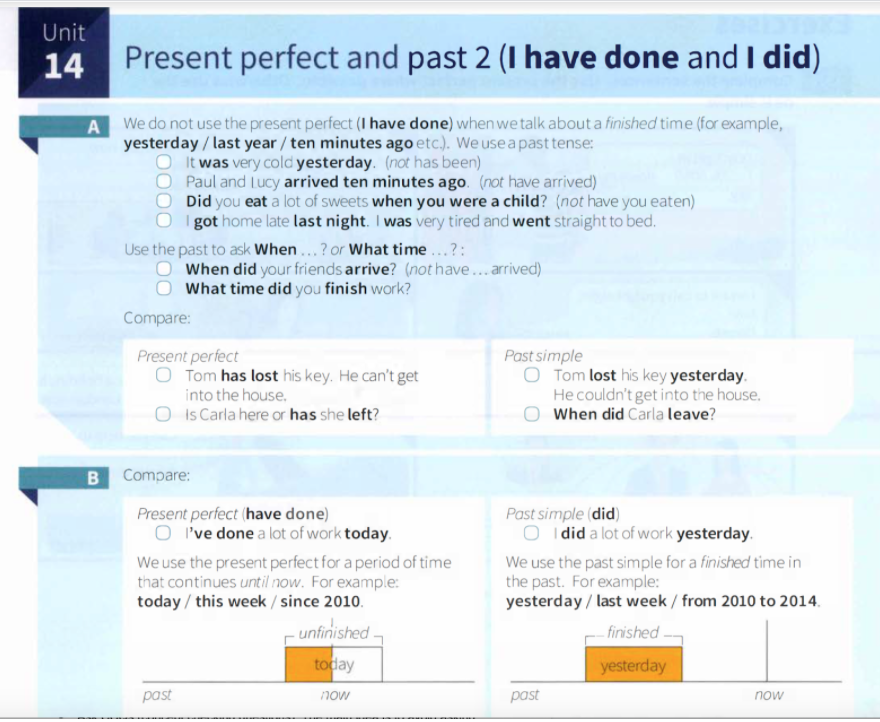Low-level students March 2021
Workshop format
This workshop was designed to be an open discussion. All participants were invited to speak up, meaning people that feel comfortable with low-level students and those who don’t feel comfortable with low-level students were encouraged to add to the discussion.
At some point, most teachers have had crash-and-burn lessons because they just couldn’t get the student to go where they were trying to take them. Hearing about and sharing those experiences is valuable!
During the workshop, and discussing what we might do (or NOT DO) to resolve the situation. The following is a bulleted list of some of the ideas that came out of the four separate workshops we had.
Scenario 1:
The student doesn’t understand the instructions.
- Start being intentional about your instructions.
- Use controlled input language.
- Be WARM, DIRECT, and SIMPLE. “Please turn to page 12.” instead of “Yeah, if you could um, just open up your books to, where were we again? Ah yes, ok yep, page 12 it is, are you there yet?”
- Use text or visuals.
- Type your instructions in the chat,
- Show images,
- Share your screen,
- Copy/paste links of pictures, etc...
If they still don’t understand the instructions?
- Change plans. Never be afraid to veer from the book! Don’t hesitate to use the topic of a given section in your own way.
- Model. It’s ok for students to struggle a little. Just be patient, and MODEL MODEL MODEL. They’ll eventually get used to the instructions of the book, or, even better, the way you explain the instructions.
- If you end up modelling the entire exercise, that’s ok! They’ll be better prepared to use the book’s structure next time.
- Adapt. The target of the lesson turns into one about functional language: instructions!
Scenario 2:
The student doesn’t understand the target language. E.g., a grammar concept taken from BR.
Don’t hesitate to use your own material or ways of explaining grammar points. (Grammar in Business Results is horrible.)
You can go back and use the exercises to practice if you want. If you’re not great at explaining grammar:
- Get acquainted with the basics.
- Most points can be found in Grammar In Use Intermediate or Elementary.
- Try to find a point of comparison.
- If you’re teaching the present continuous, compare it with the present simple. What’s the difference between “I’m teaching English right now.” and “I teach English.” Can you explain that to your students? Can you get them to think of another example from their own life? If you can do that, but you don’t know all the grammar names, you’re off to a great start! The deeper issues is being able to know WHAT might be helpful to compare it with. For example, the past simple should be compared with the present perfect. This is when the book comes in handy because it will often present topics in a way that’s relevant. So take the topic, and try to find your own way to explain it.
- Screenshot from Grammar In Use Intermediate
- Ask CCQs (concept checking questions).
- The main idea is to avoid asking vague comprehension questions, like “Do you understand?” (Students will almost always say yes, whether they’ve understood or not.) Additionally, be aware that asking “Why?” to check comprehension can sometimes be vague and confusing. Instead ask CCQs! E.g., If I hadn’t taken lessons with TEF, I wouldn’t have improved so quickly. Did the speaker take lessons with TEF? Yes. Did the speaker improve quickly? Yes. Does the speaker regret taking lessons with TEF? No.
- Use other resources:
- https://eflrecipes.com/2014/06/11/concept-checking/
- https://sandymillin.wordpress.com/2020/07/20/how-to-write-ccqs-concept-…
- The Jim Scrivener book linked above is helpful because each section includes CCQs.
- Start with basics
- Introduce the IPA.
- Work on reading and listening skills.
- Modeling: E.g., gap fill. You’re helping them structure their answers, helping them form their responses, create output.
Scenario 3:
The student tells you they just want to chat, but their level is so low that “just chatting” is actually incredibly hard.
They need more controlled practice than advanced students. Guide the “discussion” lesson into a controlled practice about something they say wrong during the discussion.
Building rapport is just as important as correcting them. Perhaps letting them practice fluency and struggle a little is good motivation for them to continue booking lessons.
- Teach a point as you use it.
- For example, you can say, "Recently, I've been watching Suits." Type: Recently I've been ---ing. "What have you been doing recently?
- Play a game.
- For example, introduce "I would rather" and then play, "Would you rather...?"
Scenario 4:
You feel like you aren’t able to connect with the student because they can’t express their personality and they can’t understand yours.
- Find shared interests. This is usually easy to do if you dig a little.
- Confirming YOUR comprehension of what they’re trying to say is actually really encouraging. E.g., Laugh if what they say is funny. Look surprised if what they say is surprising, etc.
- Be specific with your encouragement. Tell them one thing they did really well that day in LR.
- Be nice! Recognize their frustration or nervousness and be ok with it! Then help them be ok with it.
Important notes
We also talked a good deal about error correction in a couple of the discussions. Most seem to agree that error correction is a tool to be used sparingly and at the right time and that not all student errors should be corrected. This would hinder fluency.
